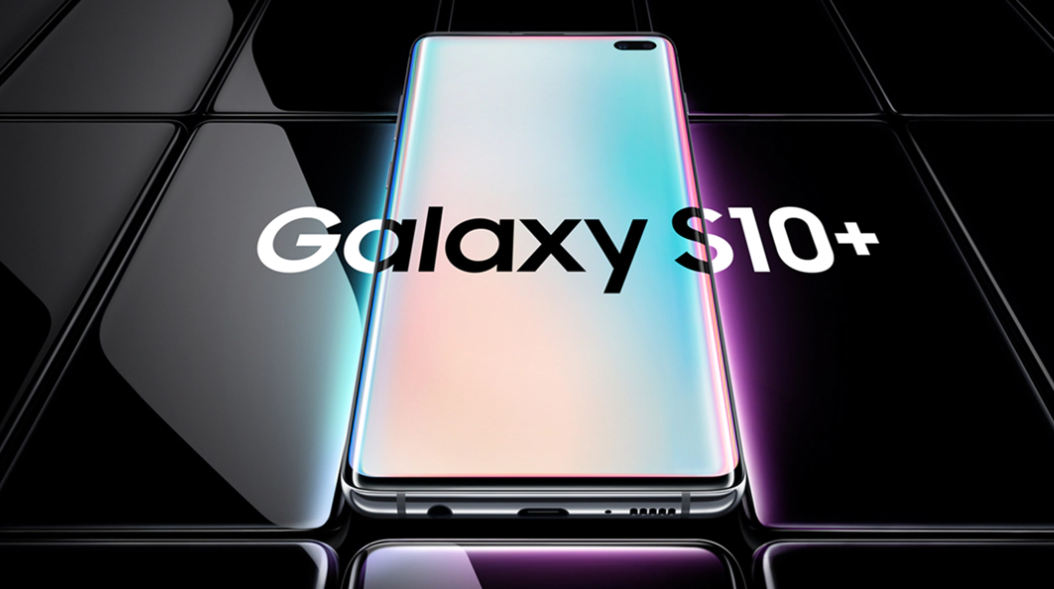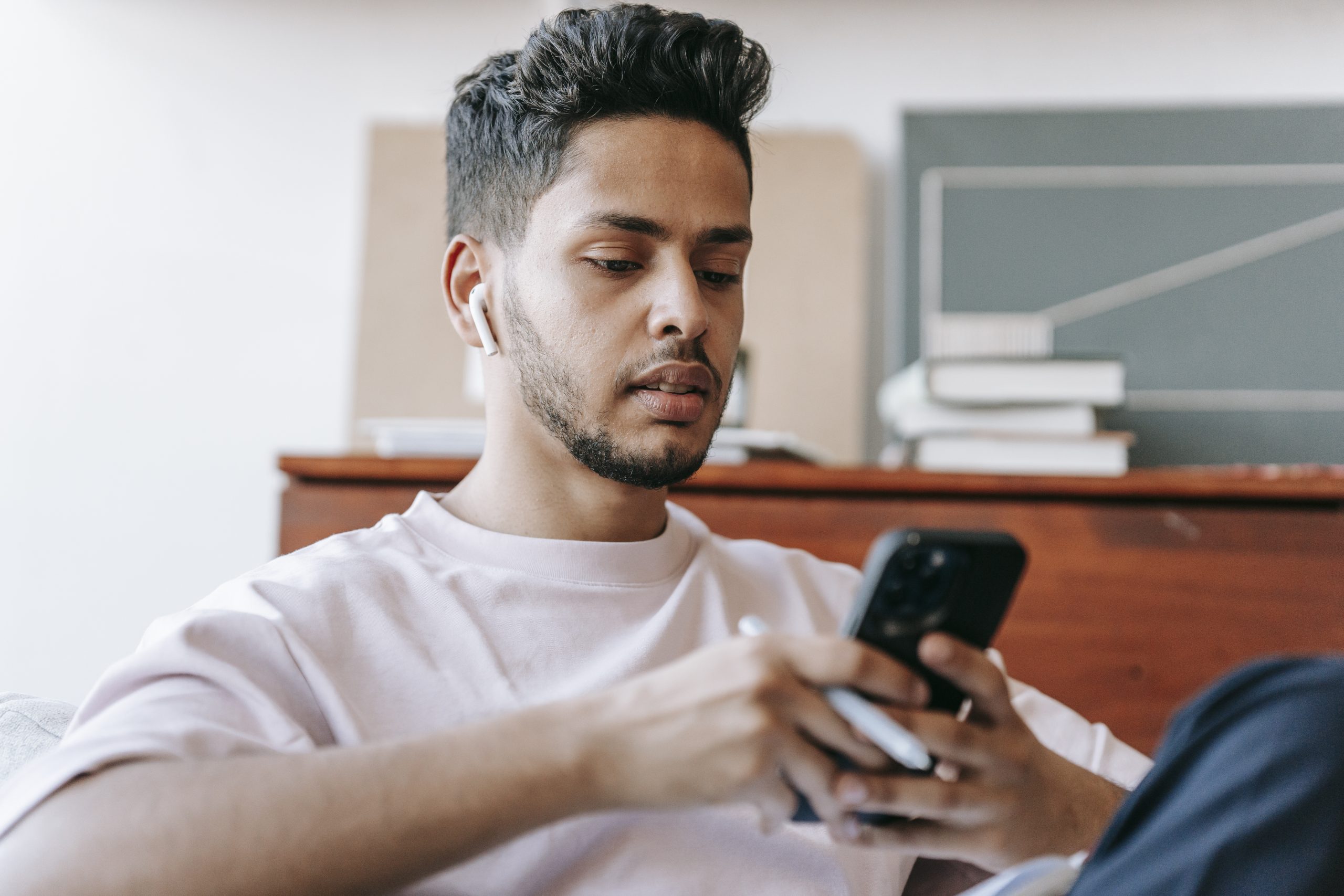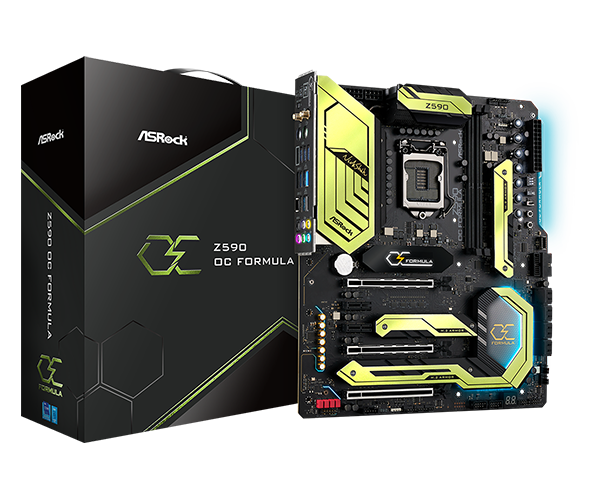If you ever want to make the icons, text and UI elements bigger or smaller, then follow these steps to change the DPI value of the OnePlus 3 or OnePlus 3T.
In Android 7.0, Google will be including a feature that lets you change the display density of your device (aka the DPI value) without having to have root access. So if you’re running Nougat then you can follow the how to change the display size of the OnePlus 3 and OnePlus 3T guide.
If you aren’t running Nougat on the OnePlus 3 or OnePlus 3T, then you’ll need root access to the device to change the DPI value.
As with all root modifications, I recommend that you create a Nandroid backup before you begin anything. There shouldn’t be anything that goes wrong during this process, but if it does, you will be happy that you have a recent backup to restore. So to do all of this, you will need to have the OnePlus 3 bootloader unlocked. We need to do that so that you can install TWRP on the OnePlus 3 or OnePlus 3T, and create your Nandroid backup of the OnePlus 3. TWRP is also the place where you flash SuperSU and root the OnePlus 3 as well.
With all of that done, then we can start with today’s tutorial.
OnePlus 3 Change DPI
- Download and Install the BuildProp Editor Application
- Launch the BuildProp Editor App
- Tap on the 3-dot Icon at the Top Right
- Tap on the ‘+ New’ Option
- Type the Following into the ‘Name’ Field. . .
- ro.sf.lcd_density
- . . .Then Set the Desired DPI into the ‘Value’ Field
- Tap on the ‘Save’ Button
- Grant SuperSU Access When Prompted
- Then Reboot the OnePlus 3 to See the DPI Change
Explanation
If you’ve read any of my previous tutorials about changing the DPI on a smartphone, I typically use an application called TexDroider DPI. I like that application because it’s simply and straight forward, and I’ve never had it send my devices into a bootloop. It isn’t possible to use this application on the OnePlus 3 because of the way OxygenOS is setup. This is because OxygenOS doesn’t have the DPI value set by the build.prop file by default.
So instead, we have to manually add the line into the build.prop file and then save it. To do that, we need to download any build.prop editor application. I have linked to my favorite one in the guide above, but any build.prop editor application should do just fine. Once you launch the application, tap on the 3-dot button button that you see at the top right of the display. This will open up the overflow menu and then from here you should tap on the + New option.

This will open up a dialog box where we have two fields to fill out. The first field is labeled Name, and this will be where we type in “ro.sf.lcd_density” (without the quotes). Then, tap in the Value field and then type in a number of what you want the DPI value to be. The default, stock OnePlus 3 DPI value is set to 480. So, if you want text and icons to be smaller than stock, put in a number that is smaller than 480. If you want it to be bigger than stock, put in a number that is bigger than 480.
As you can see in the video, I first change the DPI of the OnePlus 3 to 400 and then rebooted to show you how this setting looks. Afterwards, I changed the OnePlus 3 DPI to 600 so that you could see how much bigger it made things look. There isn’t a perfect DPI value for everyone, so you’re going to have to experiment and see what you feel is best for you. I like it in the 400 to 420 range (I’m using it at 420 right now), but others might be happier with it being at 500 or 525.
It really is up to you and unless you change it to something comical like 100 or 1000, then you shouldn’t have any trouble changing it back. Even then, if you changed it to some extreme value, then you can always boot the OnePlus 3 into Recovery Mode and restore from your most recent Nandroid backup.





